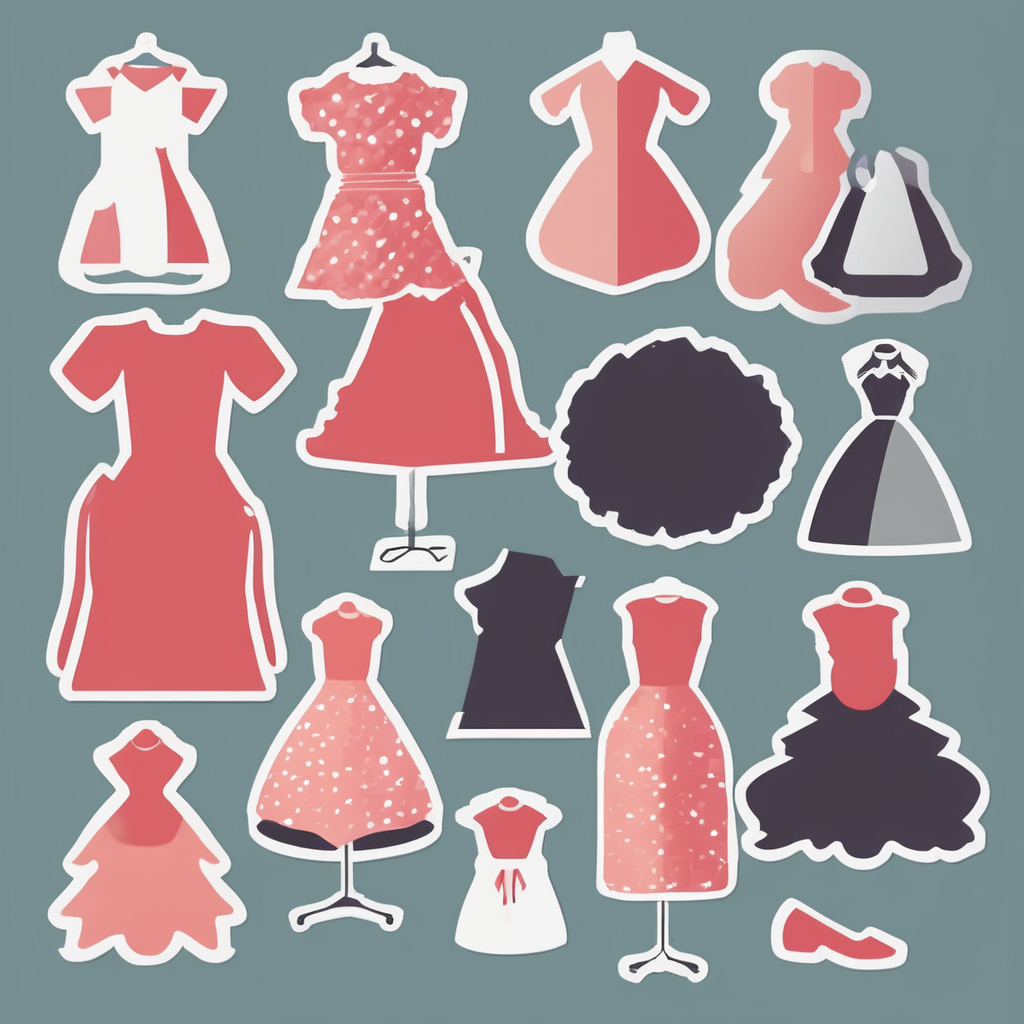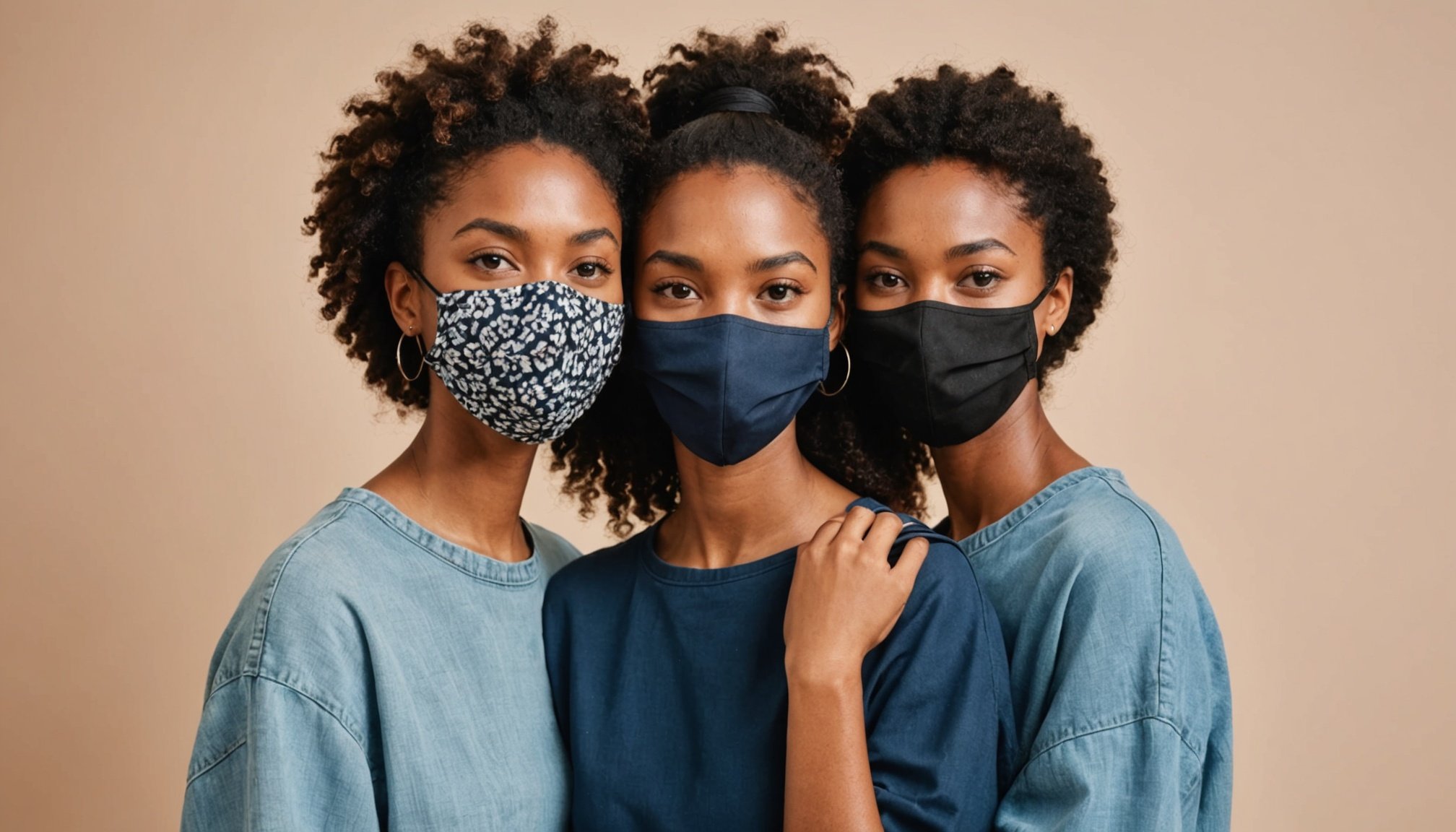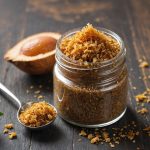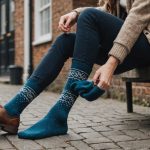Trendy DIY Face Masks: Boost Your Wardrobe with Stylish Fabric Picks!
In the era of personal expression and health consciousness, DIY face masks have become a staple in many people’s wardrobes. Not only do they offer a customizable and comfortable option for face coverings, but they also allow you to add a touch of personality and style to your everyday look. Here’s a comprehensive guide on how to make and incorporate these trendy DIY face masks into your wardrobe.
Why DIY Face Masks?
Before diving into the nitty-gritty of making your own face masks, let’s explore why they’ve become so popular.
This might interest you : Radiant Skin and Shiny Hair: The Ultimate Herbal Tea Guide to Unveil Your Inner Glow
Customization and Comfort
DIY face masks offer the ultimate in customization. You can choose fabrics that match your skin type, preferred colors, and even patterns that reflect your personality. For instance, if you have sensitive skin, you can opt for soft cotton fabrics that are gentle and breathable. This level of customization ensures that your mask is not only stylish but also comfortable to wear for extended periods[3].
Sustainability
Making your own face masks is a sustainable alternative to buying disposable ones. By using reusable fabrics, you reduce the amount of waste generated by single-use masks. This eco-friendly approach is not only good for the environment but also for your wallet in the long run.
Also to see : Mastering at-home hair bleaching: essential tips for safe and damage-free results!
Personal Expression
DIY face masks are a great way to express your personal style. Whether you’re into bold prints, pastel colors, or minimalist designs, you can create a mask that complements your outfit and reflects your unique taste. As fashion influencer, Emma, puts it, “A DIY face mask is like a piece of jewelry for your face; it can completely transform your look and make you stand out in a crowd.”
Choosing the Best Fabric for Your Face Mask
The fabric you choose is crucial for both comfort and style. Here are some popular fabrics and their characteristics:
Cotton
Cotton is one of the most popular choices for DIY face masks due to its breathability and softness. It’s ideal for everyday wear and can be easily washed and reused. Look for high-quality cotton fabrics with a tight weave to ensure they filter well while remaining comfortable against your skin[3].
Linen
Linen is another breathable fabric that works well for face masks, especially during warmer months. It’s lightweight, absorbent, and known for its cooling properties, making it perfect for summer wear.
Silk
For those who want a more luxurious feel, silk is an excellent option. It’s gentle on the skin and can add a touch of elegance to your mask. However, silk can be more expensive and may require more care when washing.
Step-by-Step Guide to Making Your Own DIY Face Mask
Making a DIY face mask is easier than you think, and with the right tools and materials, you can create one in just a few minutes.
Materials Needed
- 1 piece of fabric (cotton, linen, or silk)
- 2 pieces of elastic or ribbon for ear loops
- Scissors
- Sewing machine or needle and thread
- Optional: filter material, nose wire
Step-by-Step Instructions
- Cut Out Your Fabric: Cut two identical pieces of fabric to the desired size of your mask. Ensure the fabric is large enough to cover your nose and mouth comfortably.
- Place Fabric Right Sides Together: Place the two pieces of fabric right sides together and pin them along the edges.
- Sew the Edges: Using a sewing machine or needle and thread, sew along the edges of the fabric, leaving a small gap to turn the mask right side out.
- Turn the Mask Right Side Out: Carefully turn the mask right side out through the small gap.
- Press the Mask: Use an iron to press the mask, ensuring the seams are flat.
- Add Ear Loops: Attach the elastic or ribbon to the sides of the mask to create ear loops.
- Optional: Add Filter and Nose Wire: If desired, insert a filter material and a nose wire to enhance the mask’s functionality.
Here is a detailed bullet point list for quick reference:
- Cut fabric: Two identical pieces
- Place fabric right sides together: Pin along edges
- Sew edges: Leave a small gap
- Turn mask right side out: Through the small gap
- Press mask: Iron seams flat
- Add ear loops: Elastic or ribbon
- Optional: Add filter and nose wire
Styling Your DIY Face Mask
Once you’ve made your DIY face mask, it’s time to incorporate it into your wardrobe. Here are some tips on how to style your mask:
Match with Your Outfit
Choose a fabric that complements your outfit. For example, if you’re wearing a floral dress, a mask with a matching floral pattern can add a cohesive touch to your look.
Accessorize
Treat your face mask as an accessory. You can pair it with scarves, hats, or even jewelry to create a stylish ensemble.
Capsule Wardrobe Integration
Include your DIY face masks as part of your capsule wardrobe. Having a few masks in different colors and patterns can help you mix and match with various outfits, making your wardrobe more versatile.
Practical Tips and Tricks
Here are some practical tips to make the most out of your DIY face masks:
Washing and Maintenance
Wash your face masks regularly to keep them clean and hygienic. Cotton and linen masks can be machine washed, while silk masks may require hand washing.
Storage
Store your masks in a clean, dry place. You can use a small pouch or bag to keep them organized and protected.
Filter Replacement
If you’re using a filter material, replace it regularly to ensure the mask remains effective.
Table: Comparing Different Fabrics for DIY Face Masks
| Fabric | Breathability | Comfort | Sustainability | Style Options |
|---|---|---|---|---|
| Cotton | High | High | High | Versatile |
| Linen | High | Medium | High | Elegant |
| Silk | Medium | High | Medium | Luxurious |
Quotes from DIY Enthusiasts
- “Making my own face masks has been a game-changer. I can choose fabrics that match my mood and outfit, and it’s so much fun to create something new every week.” – Sarah, DIY enthusiast
- “I love how customizable DIY face masks are. I can add filters, nose wires, and even embellishments to make each mask unique.” – John, sewing hobbyist
DIY face masks are more than just a practical solution for health and safety; they are a fashion statement and a way to express your personal style. With the right fabrics, tools, and a bit of creativity, you can create masks that not only protect your face but also enhance your wardrobe.
So, why not give it a try? Grab some fabric, your sewing machine, and get creative. Your face, and your wardrobe, will thank you. As fashion designer, Michael, says, “A well-made DIY face mask can be the star of your outfit, adding a touch of personality and flair that sets you apart from the crowd.” Happy sewing











